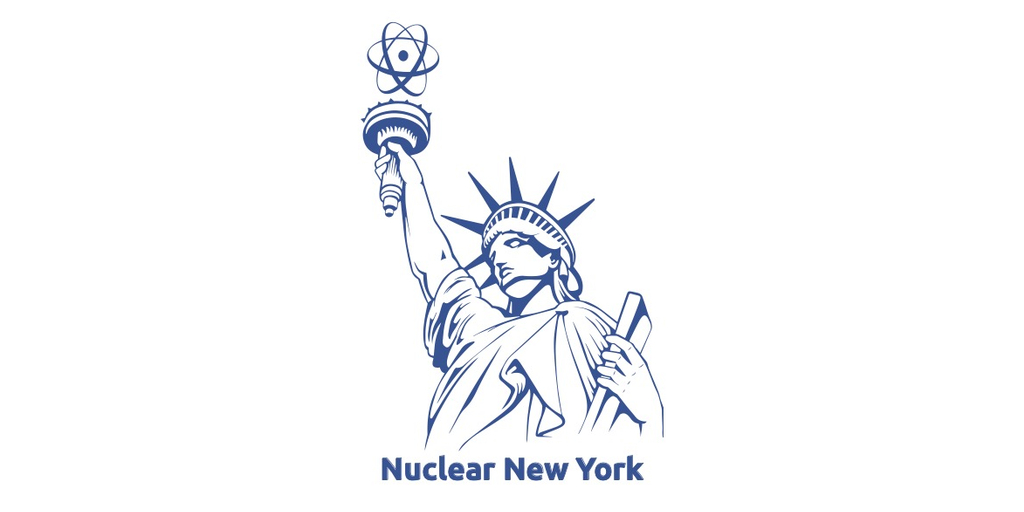AusIMM’s Critical Minerals Conference 2025 will bring together global leaders in Perth to explore the future of supply, strategy and innovation.
AusIMM’s Critical Minerals Conference 2025 will return to the Perth Convention and Exhibition Centre in September, once again uniting leaders across the supply chain to explore a critical minerals future.
Considered the fastest-growing event in AusIMM’s portfolio, the Critical Minerals Conference is set to provide access to in-depth technical discussions, strategic insights, and global perspectives across three days.
With keynote sessions spanning discovery, development, geopolitics and supply chain innovation, the event will be led by figures at the forefront of the net-zero transition.
One keynote speaker is Resouro Strategic Metals chief executive officer Alistair Stephens, who will discuss critical minerals in emerging nations.
Stephens brings decades of experience to the table, having started out as a geologist before building a career across geology, metallurgy, feasibility and engineering in gold, nickel, rare earths and niobium.

At Resouro, Stephens is leading the development of the Tyros titanium-rare earths project in Brazil, a significant asset that could reshape the global critical minerals map.
Stephens’ presentation will focus on resource-rich regions such as Africa, Southeast Asia and Latin America, and where the next generation of rare earths and niobium producers are taking shape.
He will also explore how investors, policymakers and miners can assess factors such as sovereign risk, education, infrastructure and economic stability when evaluating emerging jurisdictions.
“I’ve decided to focus on rare earths and niobium, because it’s an area of topical and unique commodity interest,” Stephens told Australian Mining.
“When you’re looking at producing nations or emerging producers, you’re mostly looking in Africa, Southeast Asia or Latin America.
“I’m focusing on what the opportunities are within those three geographic areas, and balancing a combination of geopolitical and sovereign risk.”
Stephens said these decisions must also consider infrastructure capability, economic stability and access to education.
The Critical Minerals Conference 2025 program is designed to offer this exact perspective.
With themes ranging from environment, social and governance (ESG) and circularity to mineral economics, processing and technology, the Critical Minerals Conference will offer attendees a comprehensive look at upstream and downstream trends.
For Stephens, this breadth is what makes the event especially valuable. He sees it as a chance to move beyond organisational siloes and focus on learning, sharing and collaboration across the global resources sector.

“This is not a conference where you’re out to win points,” Stephens said.
“It’s a conference where you’re out to create a greater atmosphere of learning within the resource sector and from different perspectives.
“People come from all over the world … so it’s going to be a particularly important conference to gauge some of the perceptions of those people from different jurisdictions.”
The Critical Minerals Conference will take place during a particularly uncertain time for global commodities, where hope and concern are weighing equally on industry decision-makers.
“There’s a degree of optimism, a degree of pessimism, and a degree of fear and hope,” Stephens said. “And it really comes down to complex degrees of uncertainty.”
With uncertainty complicating demand forecasts, disrupting supply and flattening prices, Stephens believes events like the Critical Minerals Conference can help leaders better align around a shared view of where growth may come from and what indicators can anticipate future shifts.
“This conference will help gauge a balance between the optimism that’s ultimately going to come from resource players, versus the practical aspect of what’s here now and what the likely outcomes for development in the future are,” he said.
Stephens has advice for early-career professionals attending the trailblazing event. He believes the current generation is entering the industry at a time of greater diversity, stronger environmental awareness and a more balanced view of mining from development through to closure.
“I think the new entrants in the market have a great opportunity because people have matured, and there is more balance between males and females and different cultures within organisations,” Stephens said.
“It’s important we both lead and listen and create a balanced perspective for new entrants to come into the market, so they have the right environment to voice opinions without fear or retribution.
“Listening, learning and leading is really important.”
The Critical Minerals Conference 2025 will act as a platform for industry leaders to guide the next generation, while fostering an open environment where new graduates can confidently share their perspectives and shape the future of critical minerals.
AusIMM’s Critical Minerals Conference will be held in Perth from September 2–4.
This feature appeared in the August 2025 issue of Australian Mining.




